Allergic reactions are common in children and can pose significant challenges in everyday life. Pollen allergies and hay fever, in particular, are seasonal symptoms that often occur in the spring and summer months. In this blog post, you'll learn how to recognize hay fever in children and how you can best protect your child.
Here you will find out...
The most important things in brief
Hay fever is part of pollen allergy and can occur even in early childhood
Early diagnosis and treatment can prevent long-term consequences such as allergic asthma.
Vitamins and trace elements such as vitamin D, C, E and zinc strengthen the immune system and can help reduce allergic reactions.
Are pollen allergy and hay fever the same thing?
Hay fever and pollen allergy are essentially two terms for the same condition. Both describe a seasonal allergy that occurs when the immune system overreacts to pollen from trees, grasses, or flowers, which are particularly prevalent in the air during the spring and summer months.
In a pollen allergy, the immune system overreacts to the otherwise harmless pollen. The body produces antibodies that release inflammatory substances such as histamine upon repeated exposure to the pollen. This triggers the typical hay fever symptoms.
In short, hay fever is the name given to the symptoms of a pollen allergy that are particularly severe during the pollen season.

Symptoms of hay fever
Symptoms can appear in children as young as two years old. You can recognize them by:
Blocked or runny nose without other signs of a cold.
Mouth breathing, which often occurs due to blocked nasal breathing.
Itchy nose and frequent sneezing.
Itchy, red eyes that often water. Your child constantly rubs or squeezes their eyes shut.
How do I differentiate seasonal nasal allergies from a cold?
There are some typical features that can help you distinguish seasonal nasal allergies from a cold (1) :
-
Symptoms during pollen season : Allergies tend to occur around the same time each year when pollen levels are high. So if your child has similar symptoms to the previous year, it could be due to a pollen allergy.
Duration of symptoms : Hay fever symptoms often last between 6 and 8 weeks, depending on the pollen type. Colds, on the other hand, typically last only 1 to 3 weeks.
Itchy eyes and nose : These symptoms are typical of allergies, but do not occur with colds.
Fever and sore throat : These symptoms are more likely to indicate a cold and are not to be expected in the case of allergies.
-
Both : A runny nose and watery eyes can occur with both. A cough is also possible, but it is less common with allergies.

How do I find out which pollen my child reacts to?
To determine whether hay fever is present, a doctor can perform a blood test or skin prick test. In a skin prick test, small amounts of various allergens are applied to the skin to determine which substances your child reacts to. These tests take only 15 to 20 minutes and provide a quick diagnosis (2) .
Why should you take action if you have a pollen allergy?
Untreated pollen allergies can significantly impact your child's life. A stuffy nose and constant sneezing can disrupt sleep, leading to constant fatigue. This, in turn, affects concentration and can also affect school performance (3) .
In addition, symptoms can make it difficult to participate in outdoor recreational activities or sports. Especially if symptoms persist, they can lead to frustration and bad mood (4) .
Another important reason to take action for pollen allergy is that untreated allergic reactions can increase the risk of the allergy developing into asthma. Allergic asthma can be triggered or exacerbated by frequent pollen exposure, which places long-term strain on the airways. Therefore, it is important to respond to symptoms early (5,6) .
Can you do anything to prevent allergies?
A strong immune system is the best protection against hay fever. The human immune system is a highly complex system, consisting of many different pieces, like a large puzzle. Certain nutrients and vitamins play a crucial role. A deficiency in these important building blocks can weaken the immune system and increase susceptibility to allergies (7,8) .

Vitamin D
Vitamin D is a key factor for a well-functioning immune system. A deficiency can cause the immune system to overreact, which can be particularly problematic in cases of allergies. Since the body cannot produce vitamin D itself, we need sunlight to synthesize it. Especially in the winter months, when we receive less sun, we can be prone to vitamin D deficiency, which makes us more susceptible to illness and allergies. In these cases, targeted supplementation can be helpful to balance the requirement.
Vitamin E
Vitamin E is known for its antioxidant properties and protects our cells from oxidative stress. It is found primarily in vegetable oils such as rapeseed oil, sunflower oil, and corn germ oil, but also in nuts, fruits, vegetables, and whole grain products. The daily requirement can usually be easily met through diet, so additional supplementation is usually unnecessary.
A child's immune system performs tremendously well – especially during the cold season, at daycare, or at school. WHITE OMEGA® Kids Immun combines high-quality omega-3 fish oil with natural vitamins and minerals such as vitamin C from acerola, vitamin D3 from algae, zinc, and beta-glucan. The child-friendly mini-capsules provide gentle support without sugar or artificial additives.
Discover now and strengthen your child's immune system!🚀🌞
Vitamin C
Vitamin C is not only a proven supporter of the immune system, but also an important factor in preventing allergies. A vitamin C deficiency can weaken the immune system and exacerbate reactions to allergens. It's especially important to ensure adequate intake in children, as it plays a key role in development and health.
zinc
Zinc is an important trace element that helps stabilize mast cells. Mast cells store histamine, which is released during allergic reactions and triggers typical symptoms such as sneezing, itching, or a runny nose. Zinc acts as a natural antihistamine by stabilizing mast cells and thus helping to reduce allergic reactions.
Cross allergies – be careful with certain foods
Cross-allergies can occur in children who are allergic to pollen. They also react to certain foods that contain similar protein structures to the pollen. Here's a brief overview (2, 9, 10) :
Tree pollen allergy sufferers: Fruits such as apples, pears, peaches, apricots or kiwi and vegetables such as raw carrots.
Grass pollen allergy sufferers: Fruits such as kiwi, vegetables such as peas, beans and lentils, and grain products.
Herb pollen allergy sufferers : Fruits such as apples and pears (tolerable after boiling), vegetables such as celery (raw) and soy, and nuts such as hazelnuts.
In many cases, it helps to boil the affected foods before eating them, as the structure is destroyed and the body no longer sees the proteins as a threat.

Did you know?
People who are allergic to latex may also react to certain fruits such as bananas, avocados, kiwis, tomatoes, and chestnuts. This phenomenon is also known as latex-fruit syndrome.
Risk factors for hay fever
Some factors can increase the risk of hay fever (11) :
-
Parent with allergies : If parents suffer from allergies, their children are at higher risk of developing an allergy as well. If both parents have a pollen allergy, the probability is 50–70%.
City life : Allergies are more common in urban areas where air pollution and pollen concentrations are higher.
Caesarean birth and bottle-fed babies : Children who are not born naturally or are not breastfed are more likely to develop allergies
Gender : Boys are more often affected than girls.
-
The incidence of hay fever increases with age : only about 5% of 3- to 6-year-olds are affected, but in 14- to 17-year-olds the incidence is already 18.4% (9) .

Everyday tips for hay fever
There are a few tricks you can use to make pollen season easier for your child:
Do not change clothes in the child's room : After playing outside, your child should change clothes in a different place to bring in the pollen from outside.
Wash your hair : Remove pollen from your hair in the evening before going to bed.
-
Pollen apps : With special apps, you can monitor pollen count and better plan your time outdoors.
Pollen filters and pollen screens : Pollen filters for cars and pollen screens on windows can help reduce pollen flow indoors.


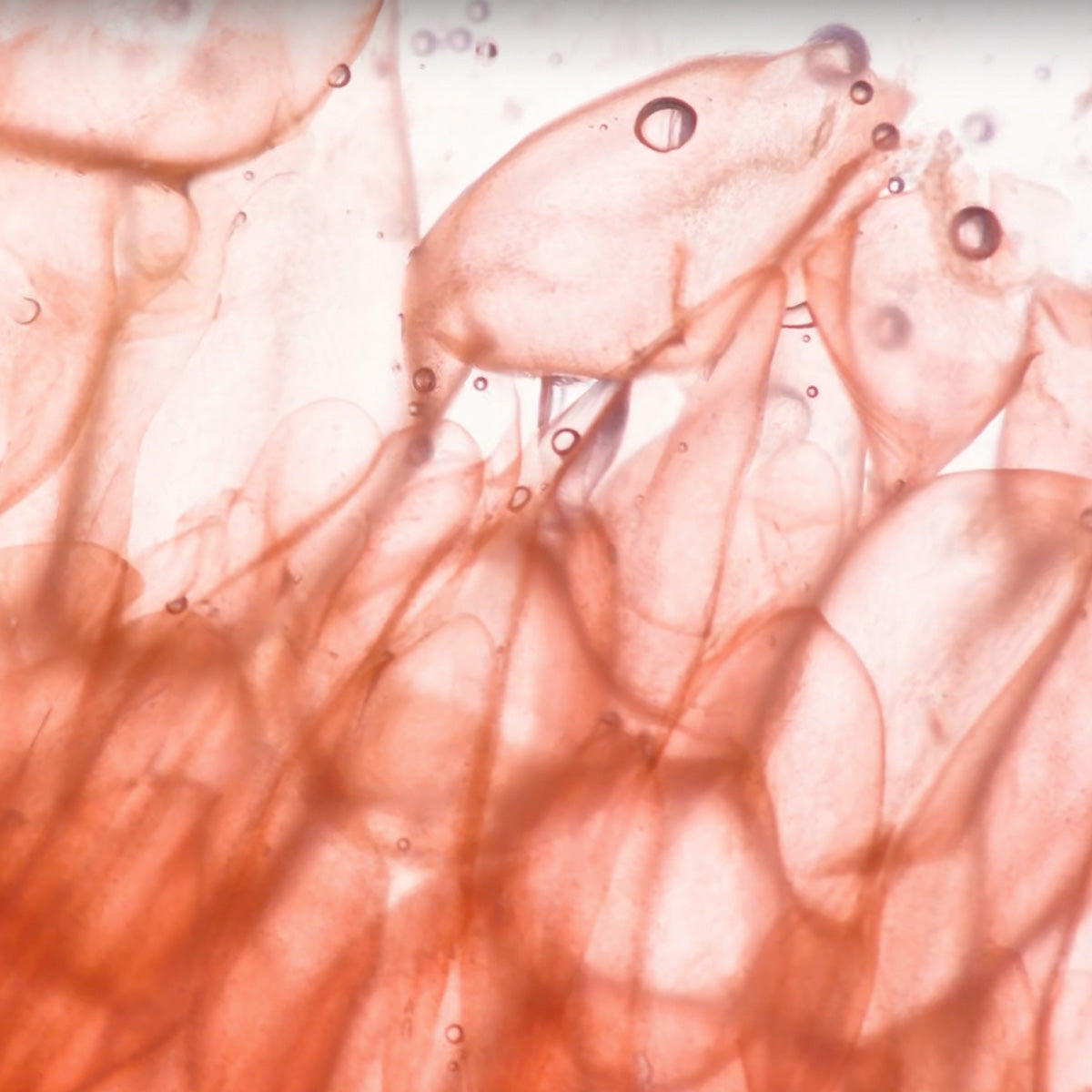
![Zinc Capsules [Zinc Bisglycinate]](http://cellavent.de/cdn/shop/files/CH_essentials-zink-kapseln-Produktbilder_2025.png?v=1760952204&width=104)
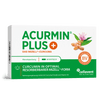
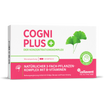
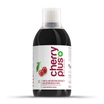

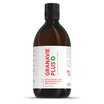
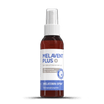
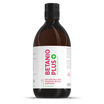
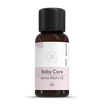
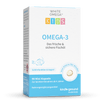
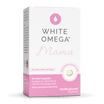
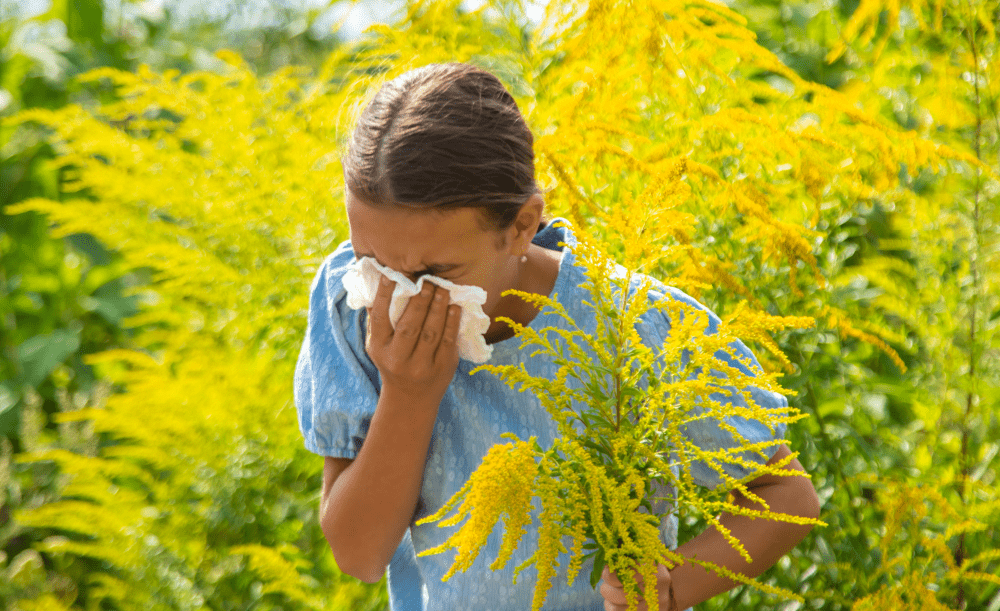
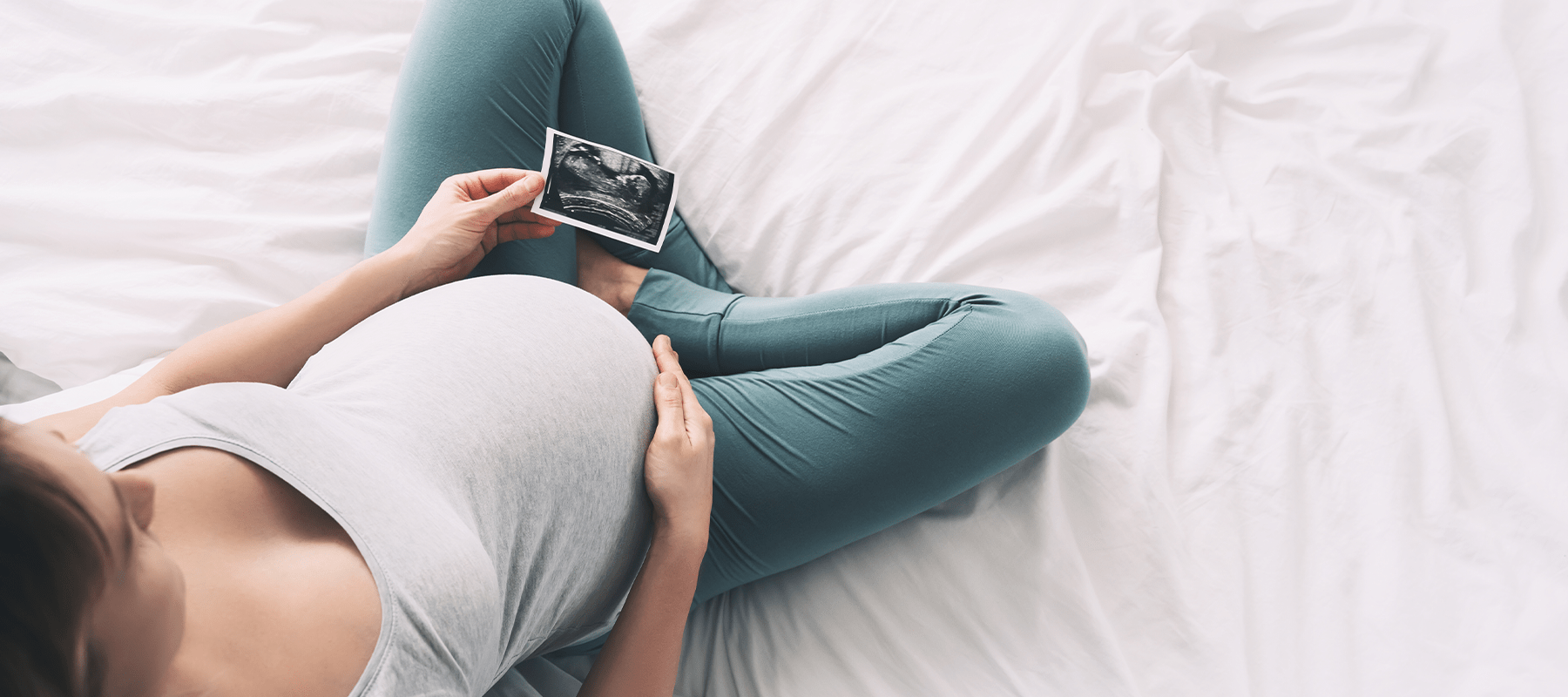
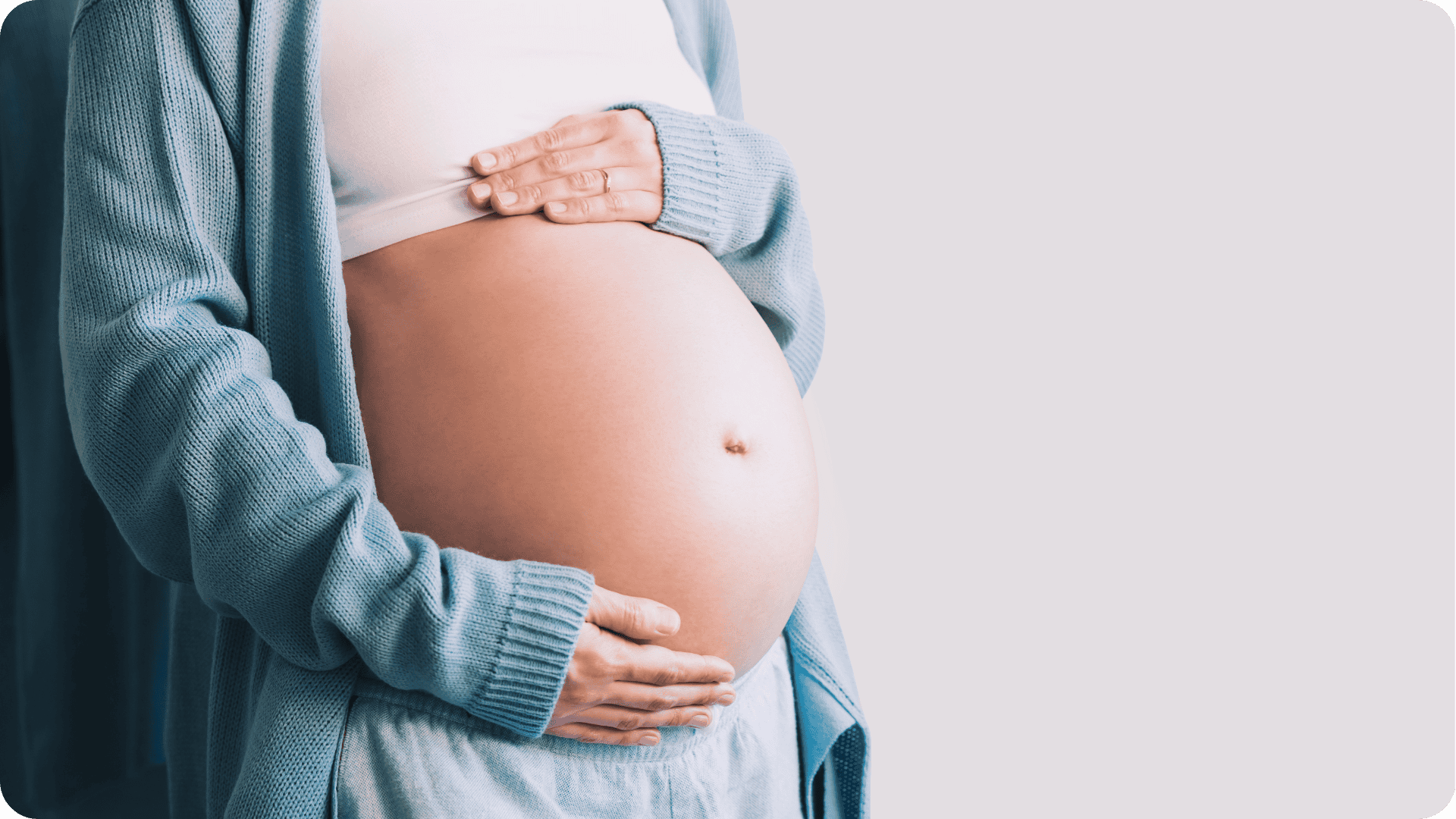
Leave a comment
This site is protected by hCaptcha and the hCaptcha Privacy Policy and Terms of Service apply.